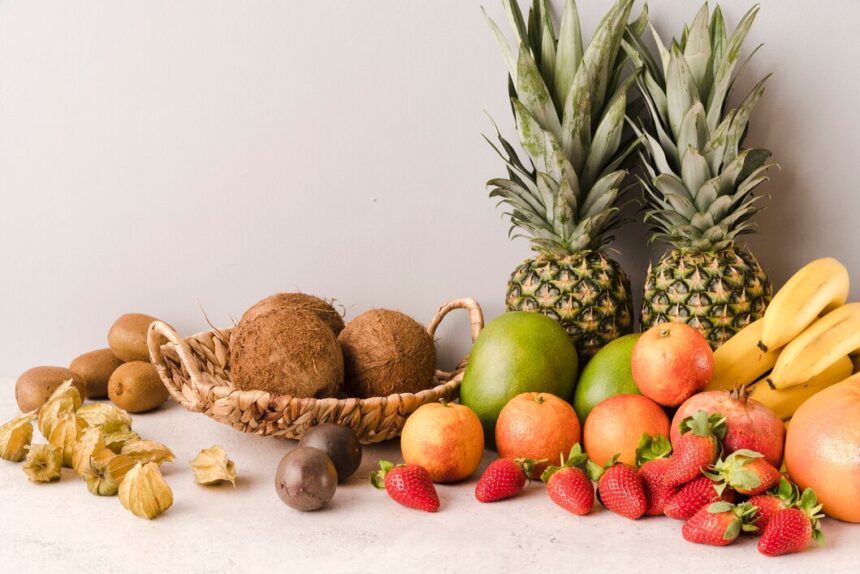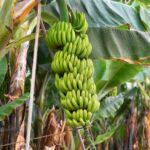South Africa’s diverse climate offers an excellent opportunity to cultivate a wide variety of tropical fruits. With proper care and attention, you can enjoy fruits like mangoes, pineapples, and avocados even if you live in a region with less tropical warmth. Here are ten effective ways to cultivate tropical fruits in South Africa:
- Choose the Right Varieties
Select tropical fruit varieties that are well-suited to South Africa’s climate. Varieties like ‘Kensington Pride’ mangoes, ‘Queen’ pineapples, and ‘Fuerte’ avocados are known to perform well in the country’s diverse conditions. - Understand Climate Requirements
Tropical fruits generally thrive in warm climates with plenty of sunlight. Ensure that your growing area has a sunny spot with temperatures that rarely drop below 10°C (50°F). Some tropical fruits can tolerate cooler temperatures but perform best in consistently warm environments. - Prepare the Soil Properly
Tropical fruits require well-draining soil rich in organic matter. Improve soil fertility by incorporating compost or aged manure. If your soil is clayey or sandy, amend it to enhance its drainage and nutrient-holding capacity. - Water Wisely
Regular watering is crucial for tropical fruits, especially during dry spells. Drip irrigation or soaker hoses are effective for providing consistent moisture without waterlogging the roots. Ensure that the soil remains consistently moist but not soggy. - Provide Adequate Fertilization
Tropical fruits benefit from balanced fertilization. Use a fertilizer with a mix of nitrogen, phosphorus, and potassium to promote healthy growth and fruit production. Follow the recommended application rates and schedules for each specific fruit type. - Manage Pests and Diseases
Keep an eye out for common pests and diseases that can affect tropical fruits, such as aphids, scale insects, and fungal infections. Implement integrated pest management practices, including regular monitoring, natural predators, and appropriate treatments. - Prune Regularly
Pruning helps maintain the health and productivity of tropical fruit trees. Remove dead or diseased branches, and thin out overcrowded growth to improve air circulation and light penetration. This practice encourages better fruit development and reduces disease risk. - Protect Against Frost
In areas prone to occasional frost, protect your tropical fruit plants by covering them with frost cloths or using frost-resistant varieties. You can also use mulch to help insulate the soil and protect roots from temperature fluctuations. - Support Pollination
Many tropical fruits rely on pollinators for successful fruit set. Encourage the presence of bees and other pollinators by planting companion plants or providing habitat features. For fruits that are self-pollinating, ensure that the flowers are exposed to adequate air flow. - Implement Companion Planting
Companion planting can improve the health and productivity of tropical fruit plants. For example, planting herbs like basil or marigolds can deter pests and enhance the growth of fruit trees. Choose companion plants that complement the needs of your tropical fruits.
By following these guidelines, you can create an optimal environment for growing tropical fruits in South Africa. With the right care, you’ll enjoy a bountiful harvest of delicious, fresh fruits that thrive in the country’s unique climate.









